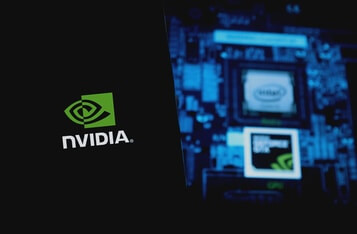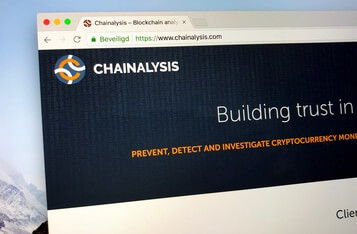European Regulatory Blockchain Sandbox Welcomes Its First 20 Projects
On July 3rd, Europe's blockchain regulatory sandbox officially introduced its inaugural set of use cases. This milestone follows a period of eager anticipation in the industry, culminating from nearly 90 applications submitted back in April. Initiated in 2020 by the European Commission and the European Blockchain Partnership (EBP), the sandbox is set to close the regulatory gap between European nations and crypto companies.
The Commission has accepted 20 projects for the first cohort, with participants hailing from diverse sectors such as finance and capital markets, telecoms and IT, global trade, and transportation. The projects have a broad geographic representation across Europe, with the highest number of 14 use cases in Western Europe, followed by Southern Europe with 10 projects, the Nordics and Central Europe with eight projects each, and Eastern Europe with seven.
The sandbox, facilitated by UK-based law firm Bird & Bird, is designed to create a secure platform for dialogue between regulators, crypto projects, and public authorities. Use case developers will have the opportunity to present their business case to regulators and receive legal guidance, fostering a mutually beneficial relationship between these entities.
Apart from its role as a facilitator, Bird & Bird will also assist in setting up a safe interface for developers and regulators, providing necessary legal advice and regulatory guidance to projects.
The European Commission emphasized that the sandbox would "allow supervisors to enhance their knowledge of cutting-edge technologies involving DLT." The insights gained from this interaction will be shared among regulators, aiding the Commission in identifying industry best practices.
This regulatory sandbox is designed to function in tandem with other initiatives, notably the EU Digital Finance Platform and the AI Sandboxes under the AI Act. The Commission stressed that integrating these frameworks is vital due to the increasing intersection of innovative technologies across various industry sectors.
The sandbox's inaugural application period, which ended on April 14, was open to blockchain projects that had a valid proof of concept and cross-border elements. The European Blockchain Regulatory Sandbox will continue to welcome new projects annually until 2026.
As per the official press release, the Sandbox project team witnessed significant interest from the European and international blockchain community, thereby solidifying its status as a bridge builder between regulators and use-case owners.
The selection process was led by blockchain experts from WBNoDE, under the careful supervision of an independent academic panel, including Professors Roman Beck, Soulla Louca, and Walter Blocher. The selected projects are set to enter a dialogue with relevant national and EU regulators in a secure and confidential environment, after which a best practices report will be shared for the wider Blockchain community's benefit.
The European Blockchain Regulatory Sandbox aims to facilitate cross-border dialogues, increase legal certainty for innovative blockchain solutions, and enhance knowledge of DLT technologies among supervisors. Furthermore, it offers an annual prize for the most innovative regulator participating in the sandbox.
The Sandbox, supported by the Digital Europe Programme and SME strategy, will operate from 2023 to 2026, supporting 20 projects each year, including public sector use cases on the European Blockchain Services Infrastructure.







